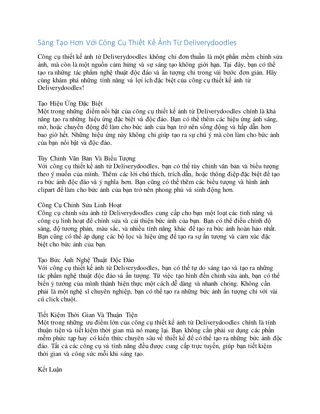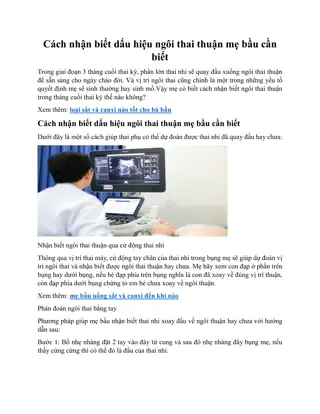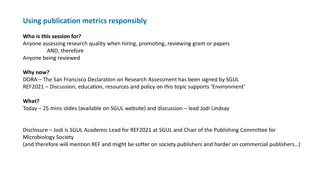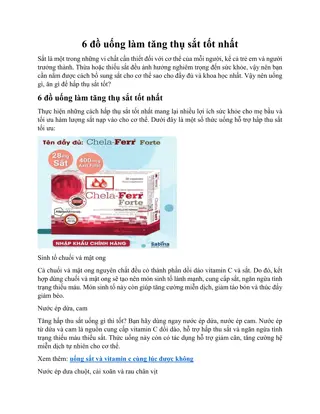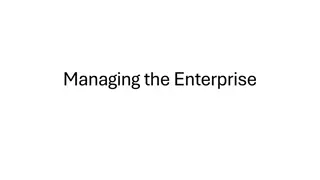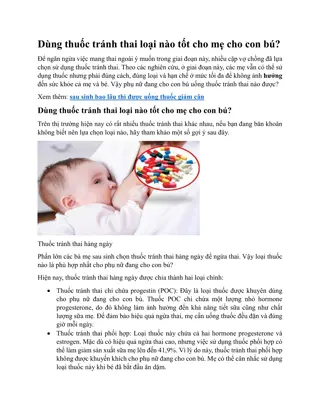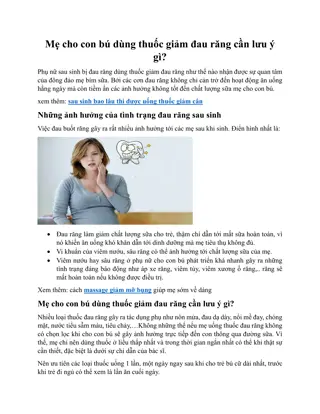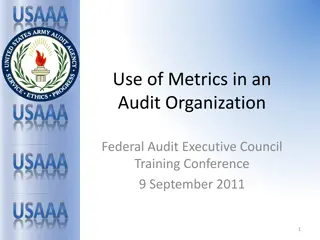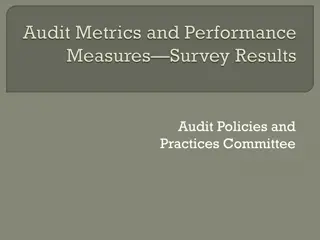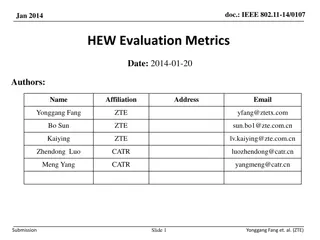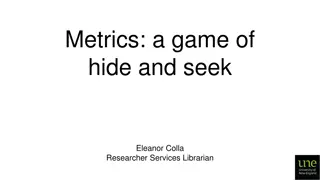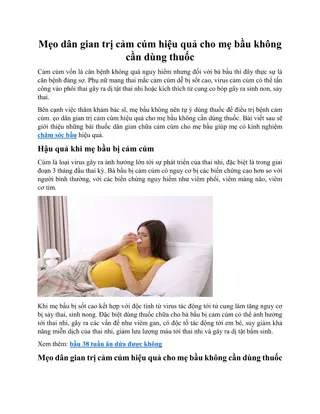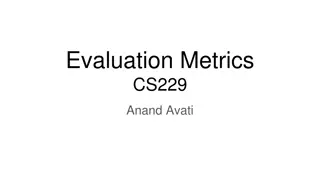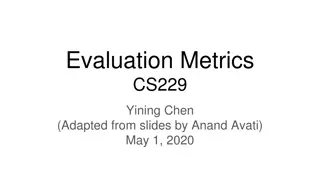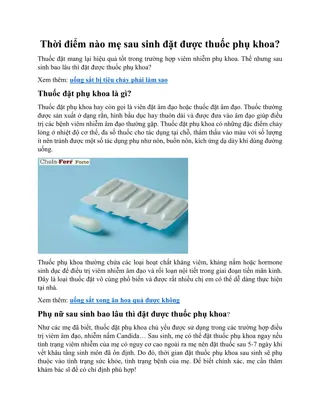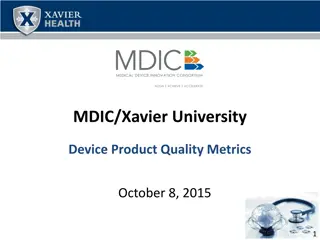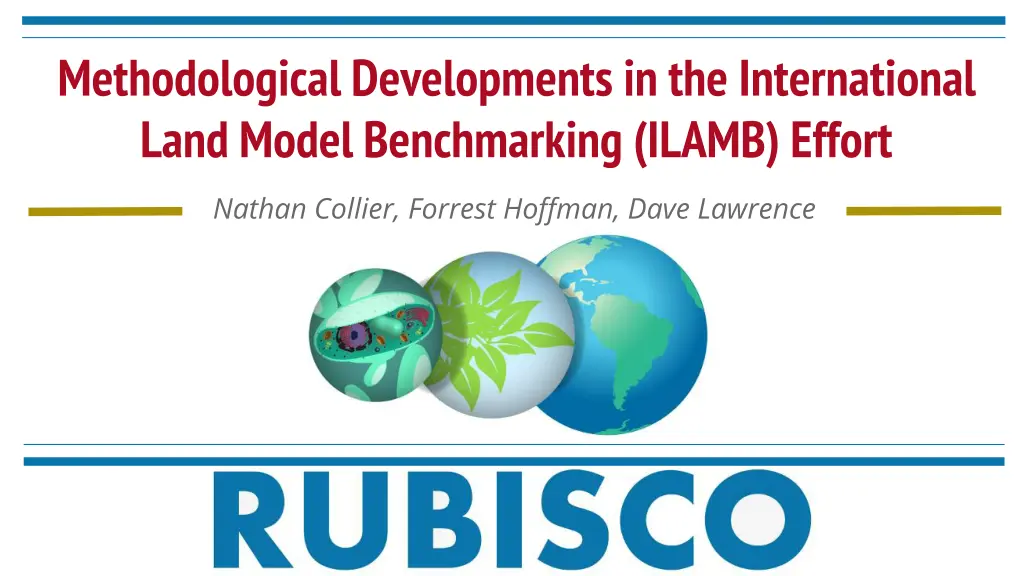
Developments in International Land Model Benchmarking Efforts
Explore the methodological developments in the ILAMB effort, focusing on bias score influence, error normalization, and the upcoming ILAMB v3 shift to xarray-based approach. Discover how the scoring methodology favors performance in the tropics, addresses biases in different regions, and more.
Download Presentation

Please find below an Image/Link to download the presentation.
The content on the website is provided AS IS for your information and personal use only. It may not be sold, licensed, or shared on other websites without obtaining consent from the author. If you encounter any issues during the download, it is possible that the publisher has removed the file from their server.
You are allowed to download the files provided on this website for personal or commercial use, subject to the condition that they are used lawfully. All files are the property of their respective owners.
The content on the website is provided AS IS for your information and personal use only. It may not be sold, licensed, or shared on other websites without obtaining consent from the author.
E N D
Presentation Transcript
Methodological Developments in the International Land Model Benchmarking (ILAMB) Effort Nathan Collier, Forrest Hoffman, Dave Lawrence
Heavily Influenced by Tropics We have observed that our current scoring methodology favors performance in the tropics. Plot shows that for many datasets, the tropics score correlates strongly to the global score This is due to our choice of normalizing errors by the variability of the reference data and the use of mass weighting
A Change in How We Normalize Errors The goal is to make errors from different areas of the globe comparable. Select a set of regions which represent biomes in which errors can be treated as commensurate in order of magnitude. Inside each region, for each variable, and across a selection of models, compute the 98th quantile of |bias(x)| with respect to all datasets for that variable. The gpp 98th error quantile within Whittaker biomes across CMIP5v6 models.
CESM2 | gpp | FLUXCOM Notice larger bias in high latitudes, anomalous among CMIP models
CESM2 | gpp | FLUXCOM With the new methodology, these areas light up clearly
ILAMB v3: On the Horizon Shift to xarray as a base object. Adapt to the way researchers are working. Working from the bottom up and making soft releases as we go. Each new capability will be fully documented. Great time to get me your wish lists. https://github.com/rubisco-sfa/ilamb3

